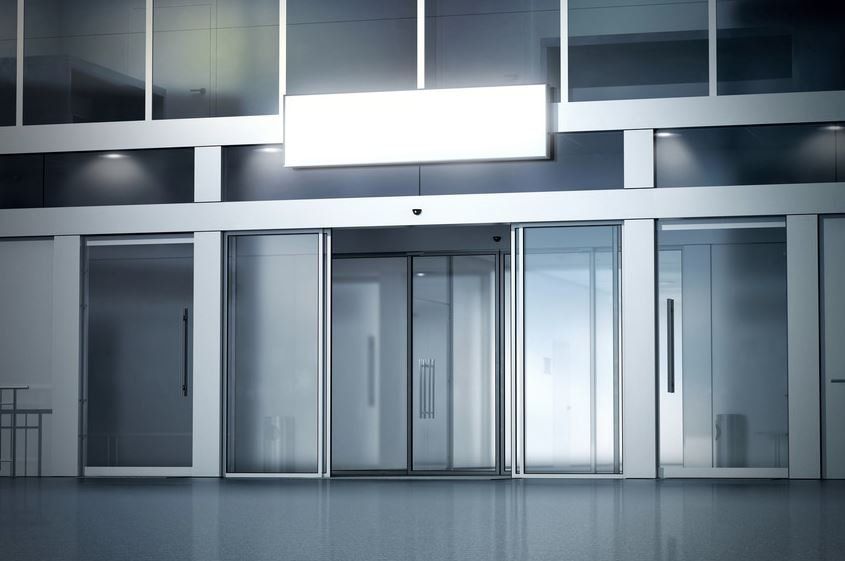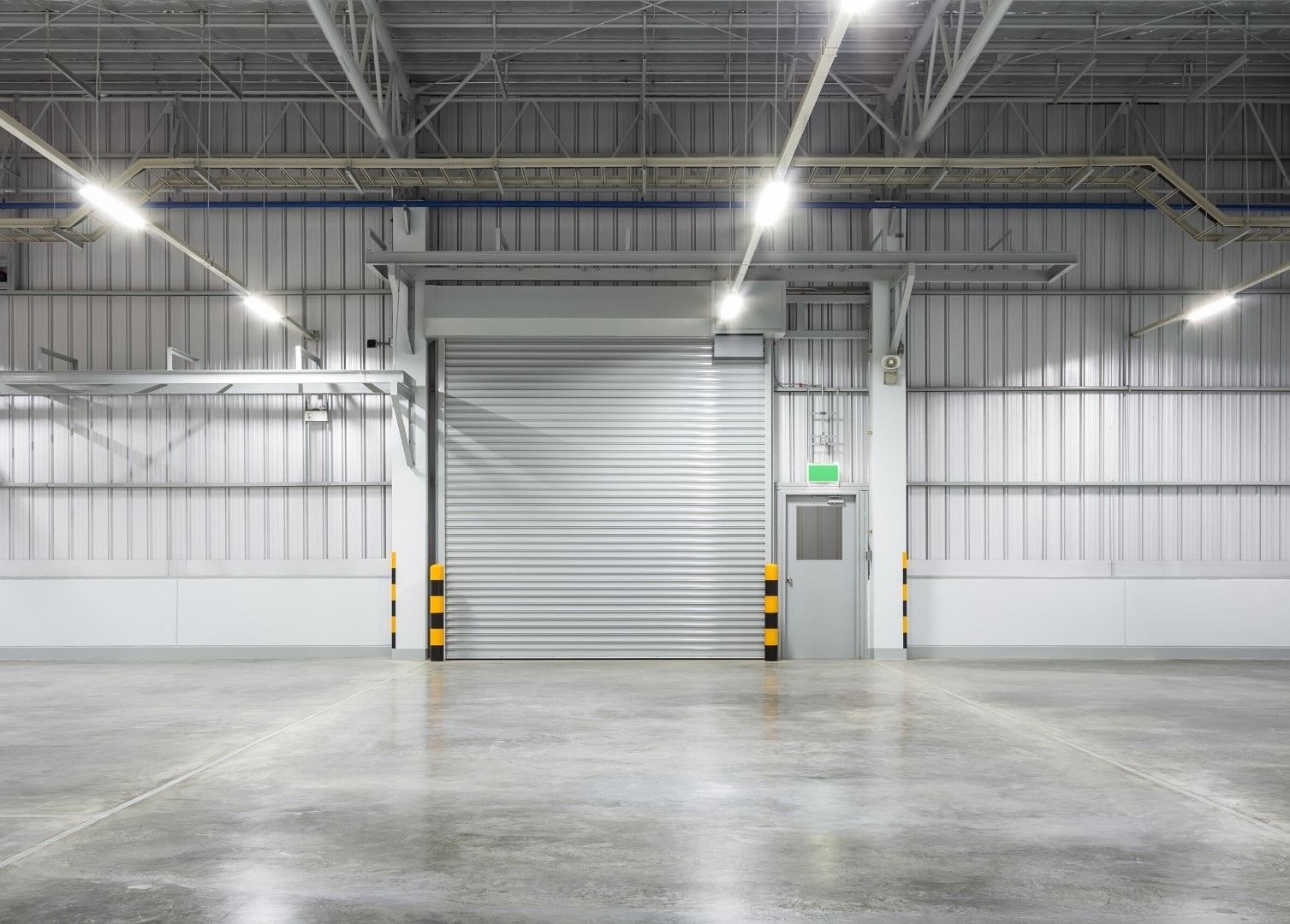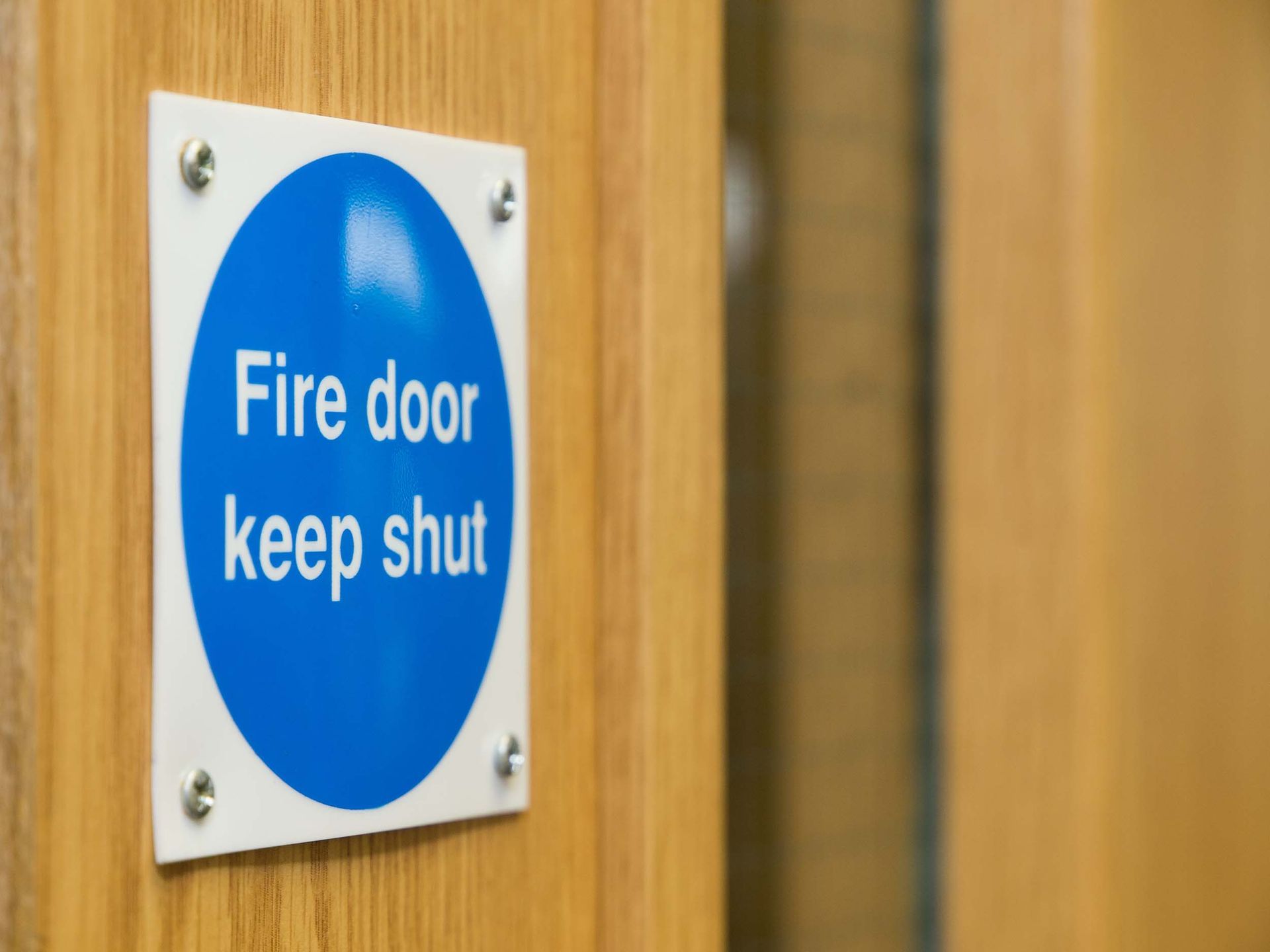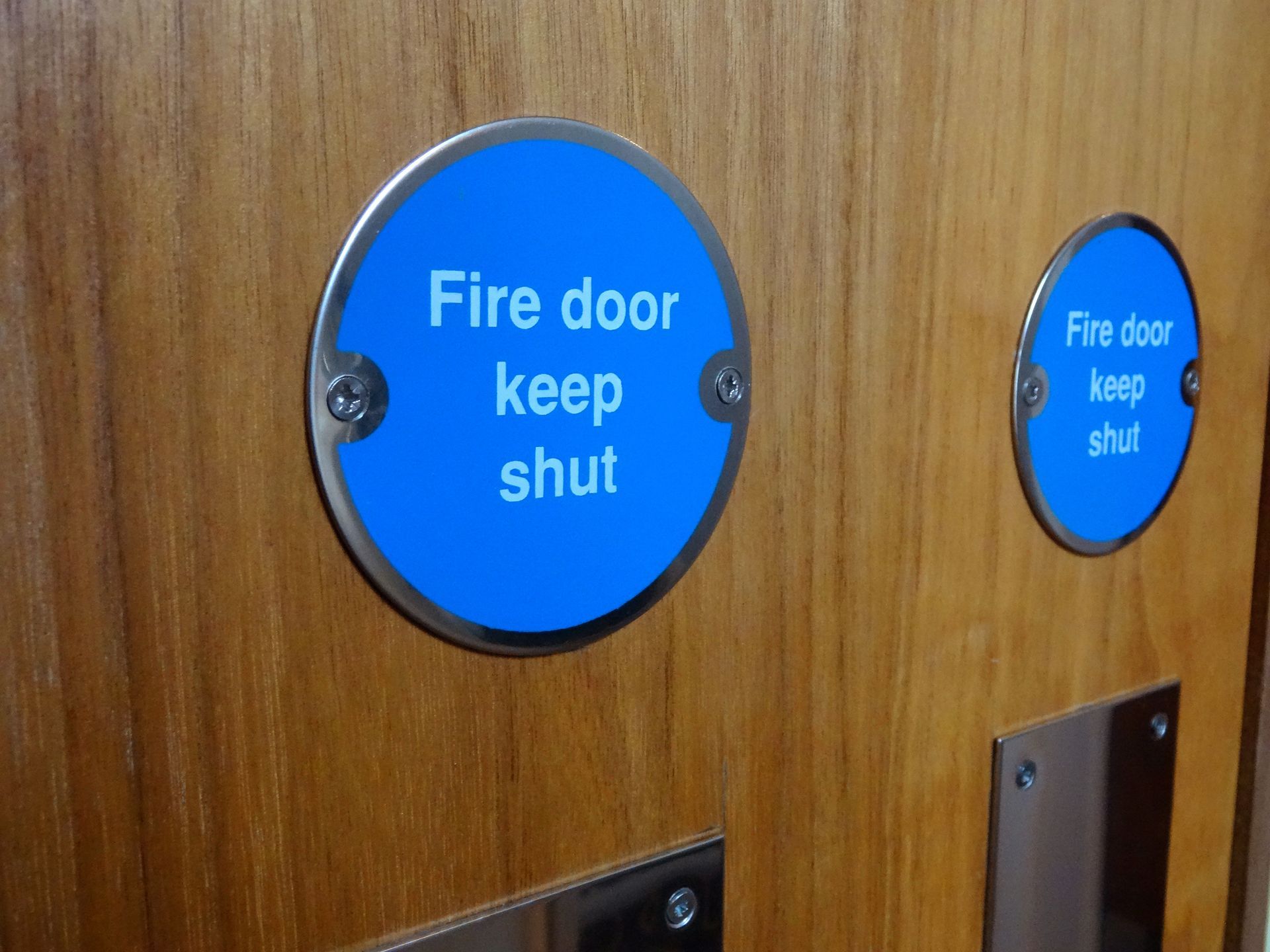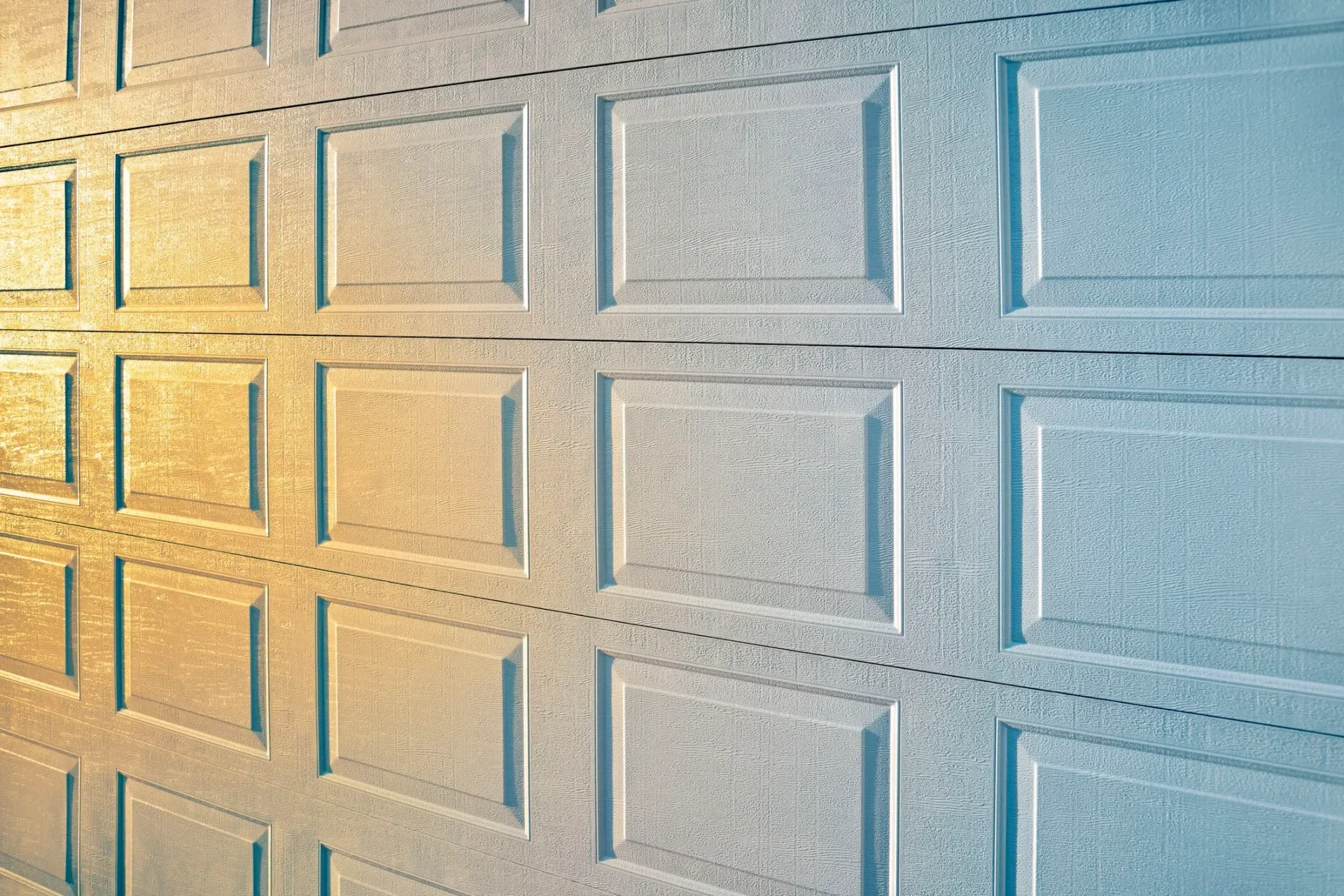How Do Automatic Sliding Doors Work?
Automatic sliding doors are very much a common part of our lives, being installed in most retail businesses, as well as other commercial and public buildings. If you’re interested in installing sliding doors for your business, it is important to understand the mechanics behind them. Read on to find out more about the history of automatic sliding doors, how they operate, and how their installation can benefit your business on the whole.
The Origin Of Automatic Doors
In the 1st century AD, Heron of Alexandria in Roman Egypt was a mathematician who invented the first known automatic door. Located at a temple, it consisted of an automatic door process that utilised heat from a fire lit by the city's priest. After a few hours, atmospheric pressure built up in a brass vessel that then pumped water into containers. These containers acted as weights that - through a variety of ropes - would open the temple's doors at the time people were to arrive for prayers.
Modern Automatic Doors
In the 1960s, pressure sensors were used for automatic sliding doors. These could sense changes in weight or pressure to detect whether a door needs to open, and were installed as mats or pads on the ground. However, since then, automatic sliding doors employ motion-detecting sensors with microwave pulse sensors or passive infrared sensors to recognise movement.
Microwave motion detectors transmit pulses of microwaves that calculate the reflections of moving objects in order to know whether the door should open. Infrared sensors, on the other hand, can measure temperature changes that detect body heat, sensing when a user is near the door.
Once a sensor has detected that a person needs to enter the premises, it then sends a signal to the door opening mechanism. The door opening mechanism is powered by an electric motor, and will then open the door.
Other than an approach sensor, which applies when a user gets in close proximity to the door, automatic doors can be operated via a pushed button, an external access control system that remotely determines if the user can go through, or an automatic mechanism (as in the case of lifts).
The Benefits of Automatic Sliding Doors
Automatic sliding doors, when operated with an approach sensor or access control system, prevent the spread of germs by not having shared surfaces. For a business, this can be an excellent way to prevent the flu or a cold from spreading around the workplace.
Not only that, but automatic sliding doors save energy by the mechanism ensuring that they’re always closed when not in use. This maintains the temperature of the building and ensures heat energy isn’t wasted away inefficiently.
It also ensures that the building is accessible to everyone. An old-fashioned door can be tricky to operate for those who struggle with mobility or have a pushchair. Automatic sliding doors take up little room, and allow visitors to enter and exit a business with ease.
About Us
Thoroughbred Industrial Doors can install and maintain sliding doors, as well as other commercial and industrial doors for your business. We can make your business safe, secure, and comfortable for all. If you’re based in or around Mildenhall and Royston,
contact us today.
